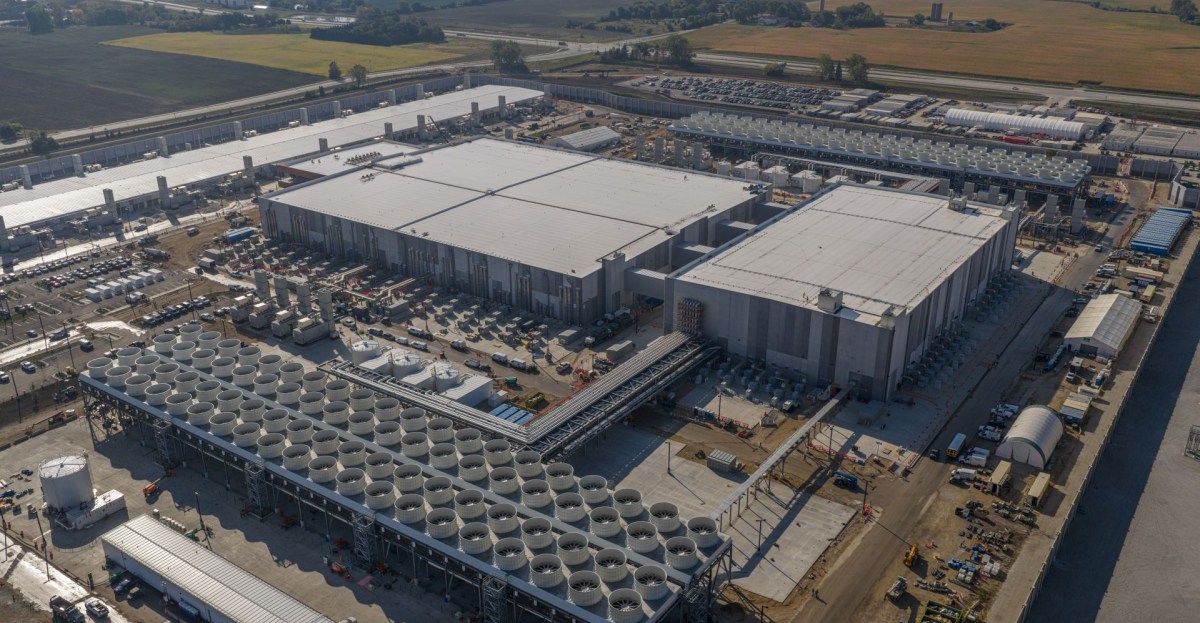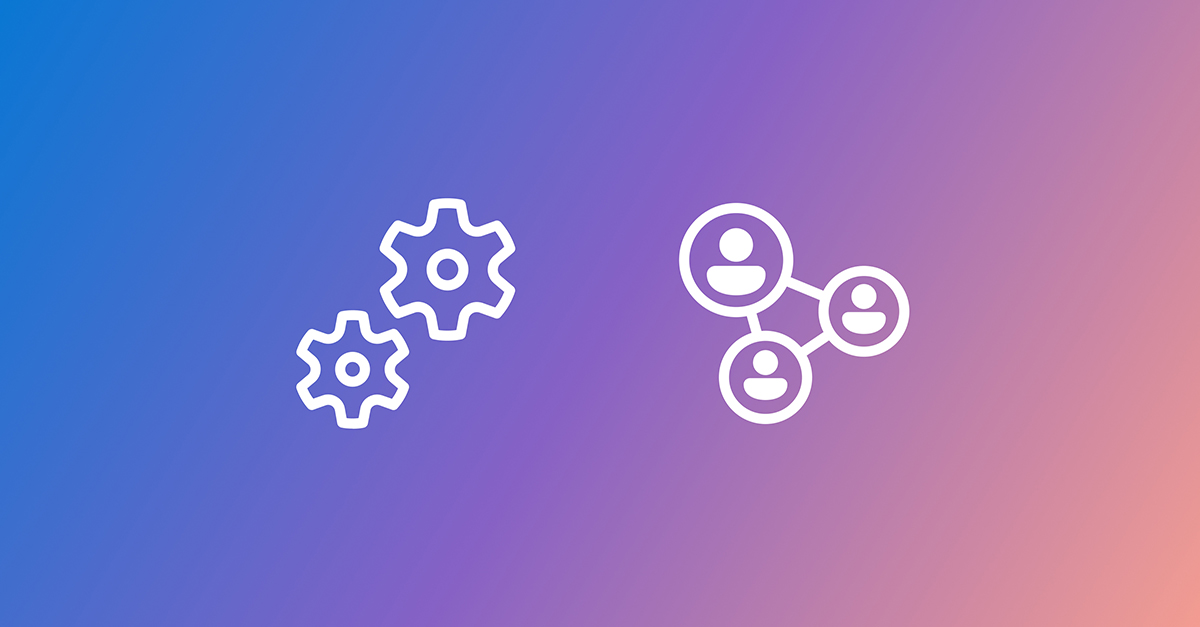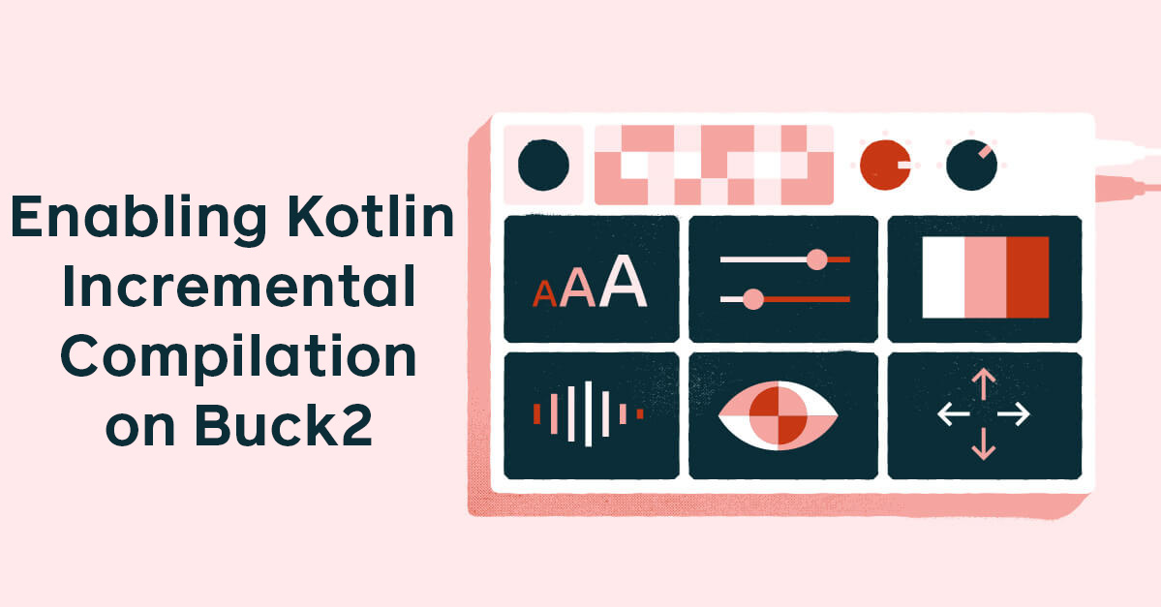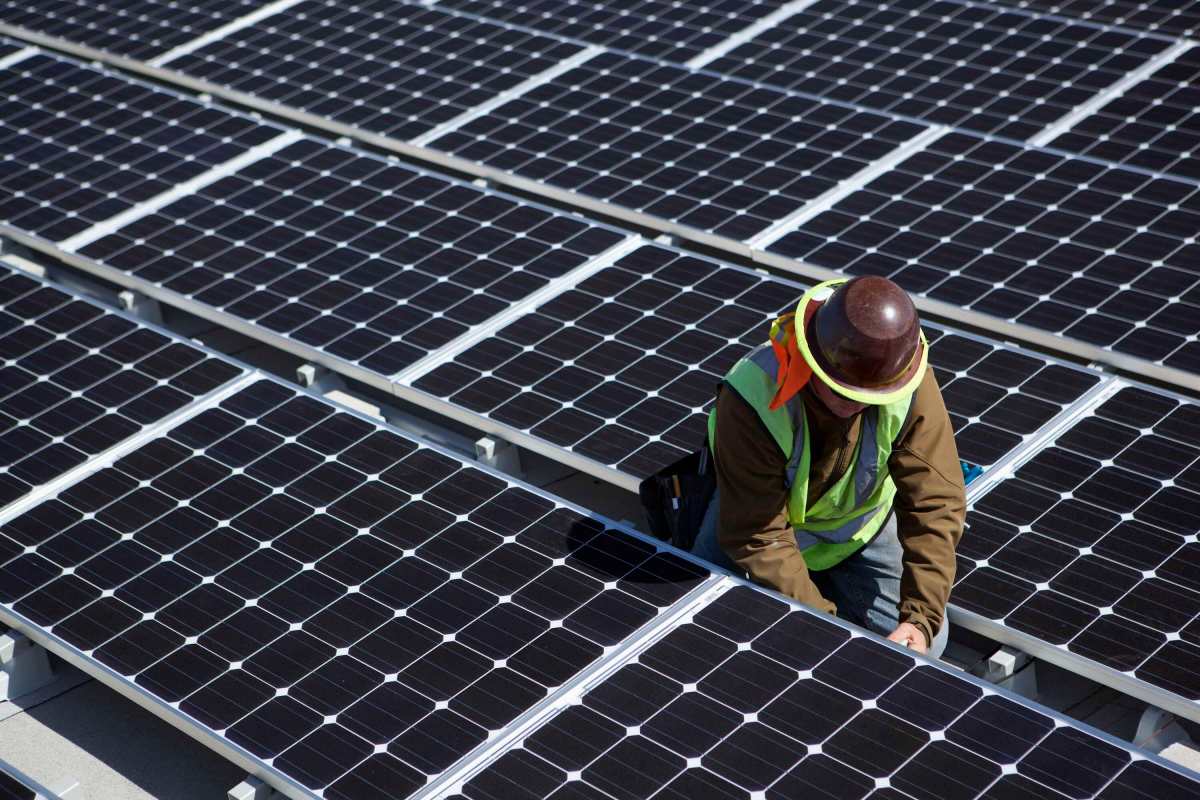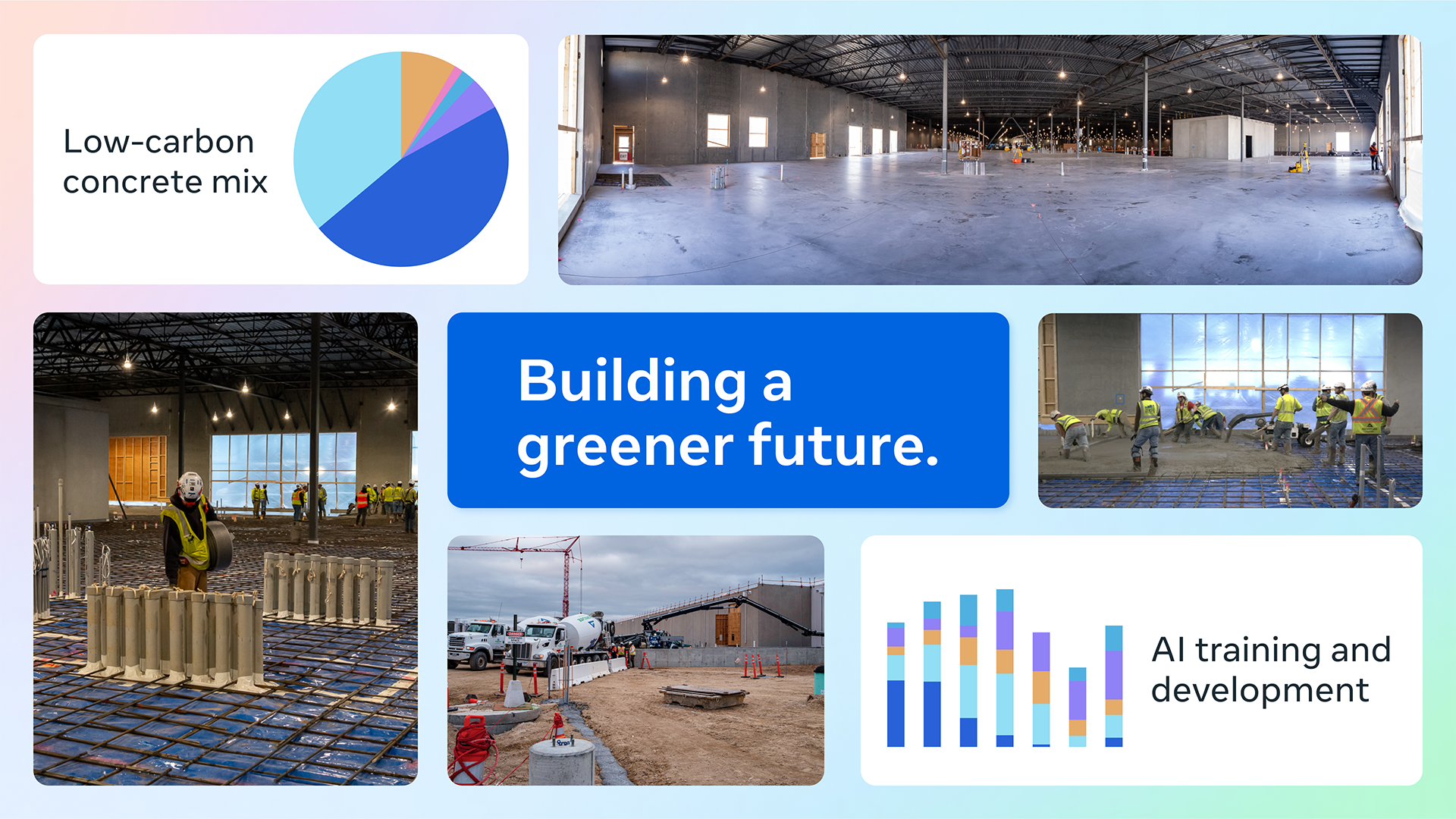
Using AI to make lower-carbon, faster-curing concrete
Sources: https://engineering.fb.com/2025/07/16/data-center-engineering/ai-make-lower-carbon-faster-curing-concrete, engineering.fb.com
TL;DR
- Meta built an open-source AI tool that designs concrete mixes balancing strength, curing speed, and sustainability using Bayesian optimization with BoTorch and Ax.
- The approach leverages multi-objective predictions of compressive strength curves and a sustainability proxy (carbon footprint) to accelerate discovery and testing.
- In collaboration with Amrize and the University of Illinois Urbana-Champaign, AI-designed green concrete was successfully deployed at Meta’s Rosemount, Minnesota data center site, showing faster curing and good finishability.
- The AI pipeline generated over a hundred unique concrete mixes and is being extended to scale in the concrete industry, with open-source foundations and ongoing industry partnerships.
- Meta aims to scale low-carbon concrete for data centers and publish reference designs, AI-informed formulas, and best practices with industry partners and open initiatives.
Context and background
Low carbon concrete solutions are essential for advancing our goal of net zero emissions in 2030. Concrete production is a major contributor to embodied carbon emissions in data center construction and accounts for 8% of all global CO2 emissions, according to the World Economic Forum. Conventional concrete is optimized for strength and cost, but modern constructions—especially data centers—require optimization for sustainability, curing speed, workability, and finishability as well. Innovation in concrete formulations is historically slow and difficult, in part because SCMs (supplementary cementitious materials) vary by location and season, and because validating new formulas requires long-term testing. Compared to traditional concrete, low-carbon variants face slower curing, surface-quality challenges, and supply-chain complexities when novel materials are introduced. To address this, concrete suppliers can use AI to accelerate discovery and scale sustainable mixes as drop-in replacements for large-scale use. Our collaboration with Amrize, one of the world’s largest cement manufacturers and concrete suppliers, and the University of Illinois Urbana-Champaign (U of I) has produced an AI model and pipeline that accelerates the discovery of concrete mixtures meeting both traditional strength targets and newer sustainability goals. The first AI-driven green concrete formulations were designed and deployed at the Rosemount data center project. Designing concrete formulas is a multi-objective problem. The designer selects cement types and proportions, lower-carbon SCMs, water-to-binder ratios, aggregate types, and admixtures. SCM performance depends on source and season, requiring long validation tests. Data availability for novel materials may be limited. Our goal is to optimize the trade-off between strength and sustainability to speed up the design process without compromising reliability.
What’s new
Meta developed an AI model for sustainable concrete using BoTorch and Ax, Meta’s open-source software for Bayesian optimization and adaptive experimentation. The model uses multi-objective Bayesian optimization to learn and optimize concrete compositions. It predicts compressive strength curves for different mixtures and jointly optimizes short- and long-term strength with sustainability proxies to generate new formulas that can be validated via testing. In one illustrative scenario, a mix with fly ash substituting part of portland cement demonstrates lower carbon impact while maintaining comparable or improved strength. The AI pipeline starts from baseline data, trains a model, generates hypotheses, and validates them through lab tests before incorporating new data to retrain. Key metrics include compressive strength at various days (x-day strength), curing speed, slump, and sustainability quantified via a proxy for the carbon footprint. Concrete cylinders enable rapid data generation for training, while larger-scale tests follow expert review. The approach accelerates the discovery process and improves experimental efficiency. In 2024, Meta began collaborating with Amrize to scale the AI approach in the concrete industry. Amrize provided real performance data and helped deploy an AI pipeline at a batch plant near St. Paul, Minnesota, expanding discovery and testing. For data centers, slab performance is critical: slabs must be flat, level, smooth, and durable to support servers and cooling systems. The AI system incorporates water-to-binder ratios and volumetric material constraints to identify formulas with faster curing and lower GWP that also meet stringent finish and workability requirements for slabs. In two iterations with minor human adjustments, the AI pipeline discovered formulas that exceeded standard low-carbon industry formulas in strength, speed, and sustainability. Further testing is planned to translate laboratory results to real-world applications. Amrize also collaborated with Mortensen, the general contractor for the Rosemount project, to validate workability and finish performance, culminating in an at-scale application in a data center slab. Overview figures illustrate how AI learns and optimizes x-day strength versus sustainability (GWP proxy) across iterations, producing high-quality data for ongoing AI training. By the end of 2024, the collaboration extended to scale up AI-enabled discovery and testing, with open-source foundations to enable broader productization and R&D. Meta intends to scale low-carbon concrete use in data centers and encourage performance-based specifications with minimal risk. Future work includes partnering with additional hyperscalers and leveraging organizations such as iMasons and the Open Compute Project to publish reference designs, AI-informed formulas, case studies, and best practices.
Why it matters (impact for developers/enterprises)
- For data-center and hyperscale construction, faster-curing, lower-carbon concrete can reduce project timelines, material costs, and embodied emissions without compromising structural integrity. The AI approach targets multi-objective performance, aligning strength with sustainability to support sustainable data-center buildouts.
- Open-source AI tooling enables broader adoption across the construction industry, from suppliers to contractors and building owners, fostering a community-driven path to lower-carbon concrete formulas.
- Industry collaborations—such as with Amrize and UIUC, and partnerships with Mortensen for on-site slab tests—illustrate a practical model for validating AI-designed mixes in real-world construction environments.
- The initiative underscores a move toward performance-based requirements for concrete in data centers, potentially accelerating the shift to environmentally responsible materials at scale.
- By sharing reference designs, AI-informed formulas, and best practices through industry groups like iMasons and the Open Compute Project, Meta aims to catalyze broader adoption of low-carbon concrete across large-scale projects.
Technical details or Implementation
- The core technology uses multi-objective Bayesian optimization to learn how different concrete compositions affect both strength and sustainability. BoTorch handles the Bayesian models, while Ax provides adaptive experimentation capabilities. The approach predicts compressive strength curves for various mixes and optimizes multiple objectives over time.
- The strength curves capture both long-term 28-day strength and shorter curing milestones such as strength at days one, three, and five. When x-day strength data is densely sampled, a full strength curve can be generated to guide decisions on curing and performance.
- The AI model is trained with real-world data collected from lab tests and field results. Each iteration updates the model with new data, allowing the AI to propose new promising mixes and then refine its recommendations based on testing outcomes.
- The pipeline accounts for the variability of SCMs by considering source location and seasonality, which influence cementitious material performance. It explicitly addresses the potential data gaps for novel materials with little historical data.
- The concrete mixes studied include substitutions such as fly ash for cement to reduce carbon footprint while maintaining or improving performance. The visualizations demonstrate how the AI can balance strength and sustainability across time.
- The project emphasizes open-sourcing the AI components and related data/code in the SustainableConcrete repository and supporting technical materials such as a technical report on sustainable concrete via Bayesian optimization. It also documents the data and results used to train and validate the models.
- Data from Amrize supports Meta’s open-source approach, and early on-site tests demonstrated that AI-designed formulas could meet or exceed the requirements for slabs, with successful results from the Rosemount data center project. The approach continues to be extended to other slabs and applications, with plans to publish findings and designs through industry channels.
Key takeaways
- AI-powered, multi-objective optimization accelerates the discovery of sustainable concrete mixes that meet traditional strength targets and new sustainability criteria.
- Collaborations with industry partners enable real-world validation and scale-up toward large deployments in data-center construction.
- Open-source tooling and data open opportunities for broader adoption and ongoing R&D in low-carbon concrete.
- The approach demonstrates concrete formulations that can achieve faster curing, good workability, and lower carbon footprints without sacrificing performance.
FAQ
-
What technology underpins the AI approach for sustainable concrete?
The AI model uses multi-objective Bayesian optimization implemented with BoTorch and Ax to learn and optimize concrete compositions for strength and sustainability.
-
What results were achieved in Rosemount, Minnesota?
AI-designed green concrete was successfully designed and deployed for the data-center slab, meeting technical requirements with good workability and finish performance.
-
Is the AI solution open source?
Yes, the basic AI solution will remain open source to enable further productization, application, and R&D, supporting broader industry adoption.
-
How can the industry participate or reproduce these results?
Meta is expanding collaboration with Amrize and other industry partners, sharing reference designs, AI-informed formulas, and best practices through open initiatives and industry groups such as iMasons and the Open Compute Project.
References
More news
Microsoft to turn Foxconn site into Fairwater AI data center, touted as world's most powerful
Microsoft unveils plans for a 1.2 million-square-foot Fairwater AI data center in Wisconsin, housing hundreds of thousands of Nvidia GB200 GPUs. The project promises unprecedented AI training power with a closed-loop cooling system and a cost of $3.3 billion.
Meta 2025 Sustainability Report: Decarbonization, Water Stewardship and Biodiversity Initiatives
Meta’s 2025 Sustainability Report outlines decarbonization targets, water restoration in stressed regions, biodiversity efforts, supplier engagements, and data-center innovations, including mass timber pilots and nuclear energy pilots.
Breaking the Networking Wall in AI Infrastructure
Microsoft Research outlines MOSAIC, a microLED-based optical interconnect concept designed to overcome datacenter memory and network limits restricting AI performance, with potential to transform AI cluster designs.
A New Diversity-Aware Ranking Framework for Better Instagram Notification Quality
Meta introduces a diversity-aware notification ranking framework that layers diversity controls on top of engagement models to reduce repetition, broaden content variety, and improve click-through rates on Instagram notifications.
Enabling Kotlin Incremental Compilation on Buck2 with the Build Tools API KEEP
Meta brings Kotlin incremental compilation to Buck2, accelerating Kotlin builds with incremental actions, classpath snapshots, and careful plugin integration to deliver faster, more scalable Android toolchains.
Meta to add 100MW of solar power from US gear to back SC AI data center
Meta signs a $100 million, 100 MW solar farm deal with Silicon Ranch in South Carolina to power a planned AI data center, with most equipment made in the U.S. Operations expected in 2027.
